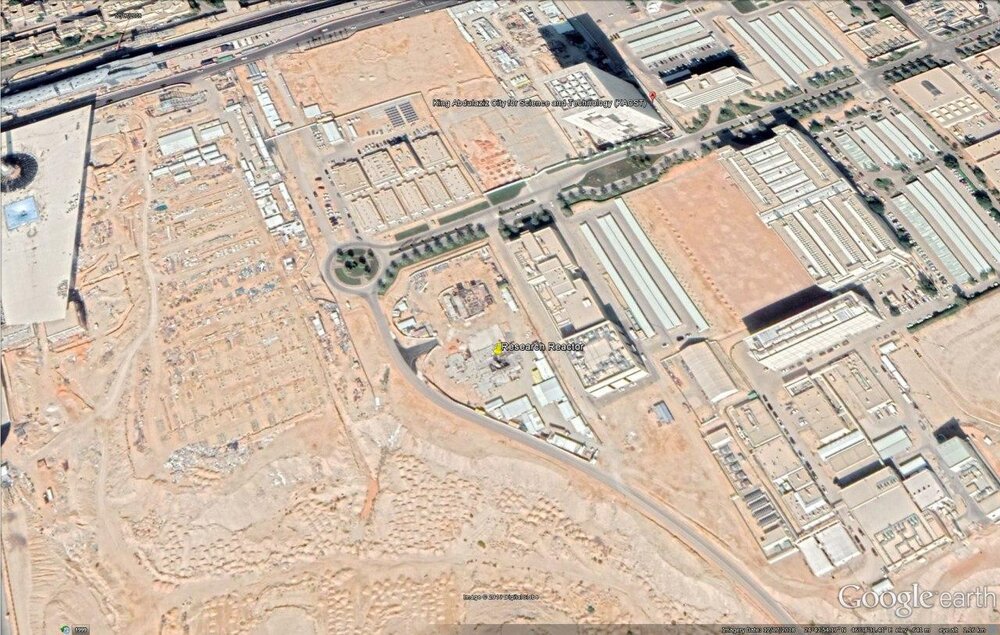Tehran urges IAEA to shed light on Saudi ‘covert’ nuclear program

TEHRAN – Iran’s ambassador to the Vienna-based International Atomic Energy Agency (IAEA) on Saturday called on the UN nuclear watchdog body to shed light on Saudi Arabia’s “covert” nuclear activities.
"Despite the fact that Saudi Arabia is a member of the Non-Proliferation Treaty and has a comprehensive bilateral safeguard agreement with the Agency, it has unfortunately refused to abide by its commitments to the Agency's inspections despite repetitive calls,” Kazem Gharibabadi said, according to Tasnim.
Gharibabadi urged the IAEA to carry out investigations and submit a full report on the status of nuclear activities in the Saudi kingdom.
Raising alarm about Riyadh’s nuclear ambitions, the ambassador said the international community will not accept Saudi "deviation" from a peaceful nuclear program and will confront it.
The comments came after American intelligence agencies reportedly said they had spotted an undeclared nuclear site near Saudi Arabia’s capital Riyadh, scrutinizing attempts by the kingdom to process uranium and move toward the development of atomic bombs.
The New York Times reported on Wednesday that the agencies had in recent weeks circulated a classified analysis about Saudi attempts to build up its ability to produce nuclear fuel that could potentially lead to the development of nuclear weapons.
The study shows “a newly completed structure near a solar-panel production area near Riyadh, the Saudi capital, that some government analysts and outside experts suspect could be one of a number of undeclared nuclear sites,” the report said.
The site is situated in a secluded desert area not too far from the Saudi town of al-Uyaynah, 30 kilometers northwest of Riyadh, and its Solar Village.
A day earlier, an article in The Wall Street Journal said that Western officials were concerned about a desert site in northwestern Saudi Arabia just south of the town of al-Ula.
It was part of a program with the Chinese to extract uranium yellowcake from uranium ore, according to the article.
Frank Pabian, a former satellite image analyst at the Los Alamos National Laboratory in New Mexico, said the desert site appears to be a small mill for turning uranium ore into yellowcake as it has a checkpoint, high security fences, a large building about 150 feet on a side and ponds for the collection of uranium waste.
In a report on July 21, al-Jazeera said the Saudis announced in early 2018 that they had broken ground on a small research reactor that would be operational by the end of 2019.
Bloomberg News reported that satellite photos taken in March and May of this year revealed that the Saudis have built a roof over the reactor - a development that is alarming nuclear experts because Saudi Arabia has not yet invited the IAEA to monitor the site and inspect the reactor's design.
"What it does tend to infer is problematic," said Paul Dorfman, honorary senior research fellow at the Energy Institute, University College London. "Key to IAEA surveillance and regulations is signing up to non-proliferation treaties. In other words, questions of enrichment and how you deal with substances that flow out of nuclear reactors in terms of future weaponization."
Saudi Arabia has signed the NPT, which obligates it to have a Comprehensive Safeguards Agreement with the IAEA. But those agreements do not allow IAEA inspectors to visit whenever they like on short notice.
PA/PA
Leave a Comment